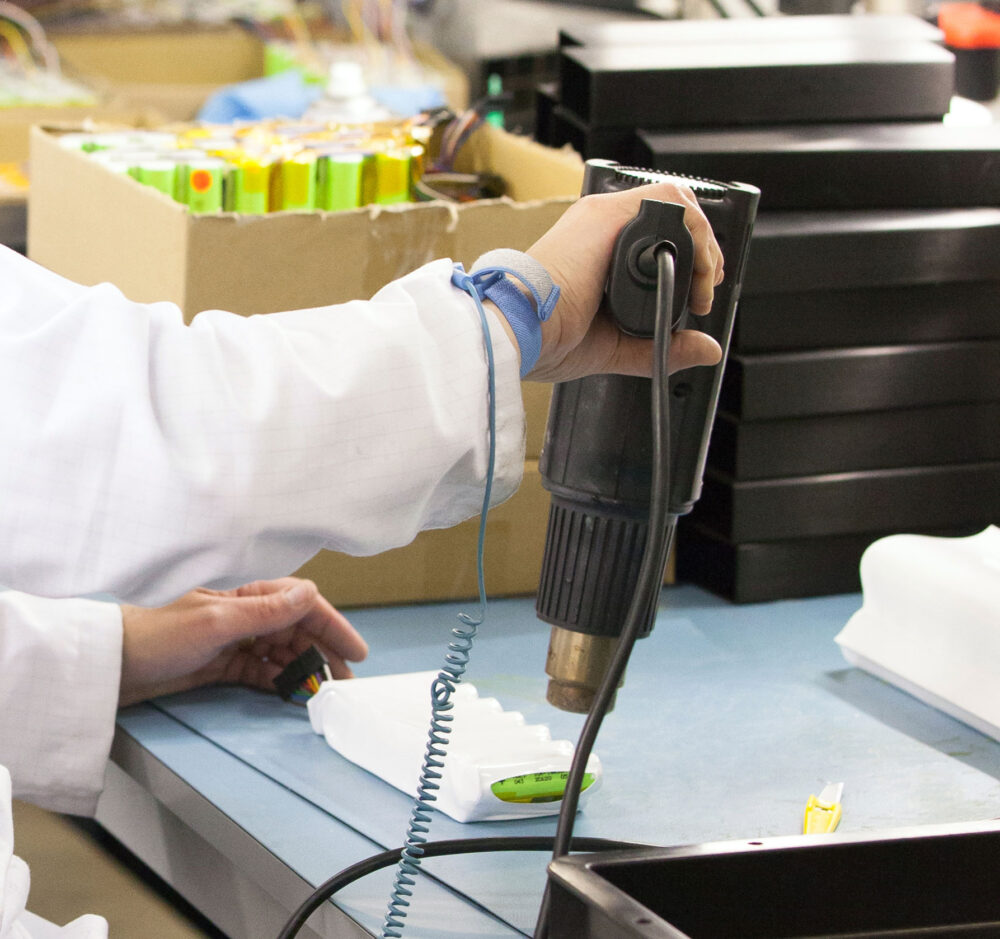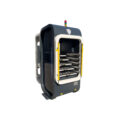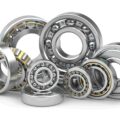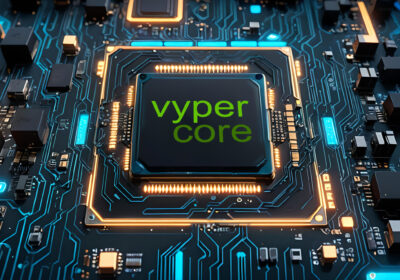~ Unveiling the steps of custom battery and charger manufacturing ~
Every custom battery or charger order begins with an enquiry and ends with volume production. However, there are many tasks that happen in-between to ensure that the final product meets the specific quality, performance, and safety requirements of each customer. Here, Neil Oliver, technical marketing manager of industrial battery manufacturer Accutronics, shows how each stage (from understanding customer needs to obtaining regulatory certifications) contributes to the successful production of custom batteries and/or chargers.
The initial step is to thoroughly understand the customer’s requirements and expectations. This involves close communication and collaboration to gather all the necessary information, including desired battery/charger specifications, performance criteria, intended applications and any specific industry standards or regulations that need to be met. Based on this, a detailed technical specification is authored. This document serves as a comprehensive guide for all involved in the project, as it describes what is (and what is not) required from the product. It includes parameters such as electrical ratings, environmental considerations, mechanical constraints, and regulatory requirements.
Once the technical specification is established, the battery goes through a detailed electrical and mechanical design phase. This step involves blocking out the internal structure, circuitry, and mechanical components of the battery/charger to meet the customer’s requirements. The design phase may also include purchasing initial design proving components and conducting bench testing to validate that it performs as expected.
As well as verifying the design of components, it is also necessary to evaluate the design of the battery’s/charger’s housing, using rapid prototyping techniques to fabricate the casing in a quick and cost-effective way. This is done using 3D printing or other similar technologies and is a useful way of showing if the components fit into the available space.
After fabricating the case, a small number of batteries/chargers are assembled and tested in an internal laboratory (using limited fixturing); following a test plan that is created based on the technical specification. This helps to identify any potential issues in the assembly process or any design flaws. The results are documented in a validation report, which assesses whether the batteries meet the specified requirements.
After the validation of prototypes, the manufacturing process moves towards hard tooling. This step involves the production of the components required, which could include injection-moulded plastics, formed metal parts, PCBAs (Printed Circuit Board Assemblies), light pipes, packaging, labels, and membrane panels, among other things — tool trials are conducted to ensure the quality and precision of these components.
With the production-tooled components ready, a low volume of non-qualified batteries/chargers is built. These batteries/chargers are assembled using the finalised components, but they are not yet tested to external regulatory standards (if required). Most of this batch is sent to the customer for approval, and the remaining balance is retained at the manufacturing facility for further reference or analysis. Batteries over 100Wh are subject to more costly and complex shipping regulations.
To enable volume production, production jigs, fixtures, test equipment, and software are designed and built where necessary. These tools aid in the efficient assembly and testing of the custom batteries/chargers in a larger-scale production environment. Careful consideration is given to ensure accuracy, repeatability, and reliability during the manufacturing process.

In preparation for regulatory qualification testing and certification, components are purchased, and the batteries/chargers are assembled accordingly. Alongside the assembly, all necessary paperwork and documentation are created to meet the requirements of the regulatory bodies. These documents include compliance reports, safety assessments and any other supporting materials mandated by the specific certification tests.
The fully assembled batteries, along with the required documentation, are shipped to an external test house that specialises in certification testing. Various tests are conducted to assess the battery’s compliance with industry standards and regulations. Batteries are often tested to UN 38.3 for transportation, as well as IEC 62133-2:2017, UL 62133-2 or UL 2054 for safety. Other tests can include electromagnetic compatibility (EMC), ingress protection, environmental, as well as validations for RoHS, REACH, and waste electrical and electronic equipment (WEEE) regulations, among others.
Once the custom batteries/chargers successfully pass the regulatory qualification testing and certification, production documentation is generated. This documentation includes detailed instructions, specifications, and quality control procedures to guide operators during volume production. Operators are then trained to ensure they have a thorough understanding of the manufacturing process. A small New Product Introduction (NPI) batch is built, part of which is sent to the customer for their final approval. The remaining NPI batch is either retained at the manufacturing facility in case further amends are needed or safely disposed of if the customer is happy.
As the process moves through each of these stages, from specifying the initial requirements to producing the NPI batch, the cost to both the manufacturer and the customer increases. Therefore, it is important that both parties sign-off each stage and is also the reason why prototype versions of batteries/chargers are shipped to the customer before the finished product. When everyone is satisfied, the project will be completely signed off and volume production will begin (to the agreed levels/dates). Accutronics’ custom batteries and chargers are manufactured at one of three ISO 9001 and ISO 13485 certified facilities in the UK or USA, ensuring the highest quality.
In conclusion, custom battery manufacturing involves a systematic process that encompasses understanding customer requirements, detailed design and prototyping, internal verification, regulatory qualification testing, and finally, volume production. Each step contributes to ensuring that the custom battery or charger meets the customer’s specifications, industry standards and regulatory requirements. With a strong emphasis on quality control and adherence to regulations, custom battery manufacturers like Accutronics deliver high-quality, high-performance products tailored to unique and demanding applications.








